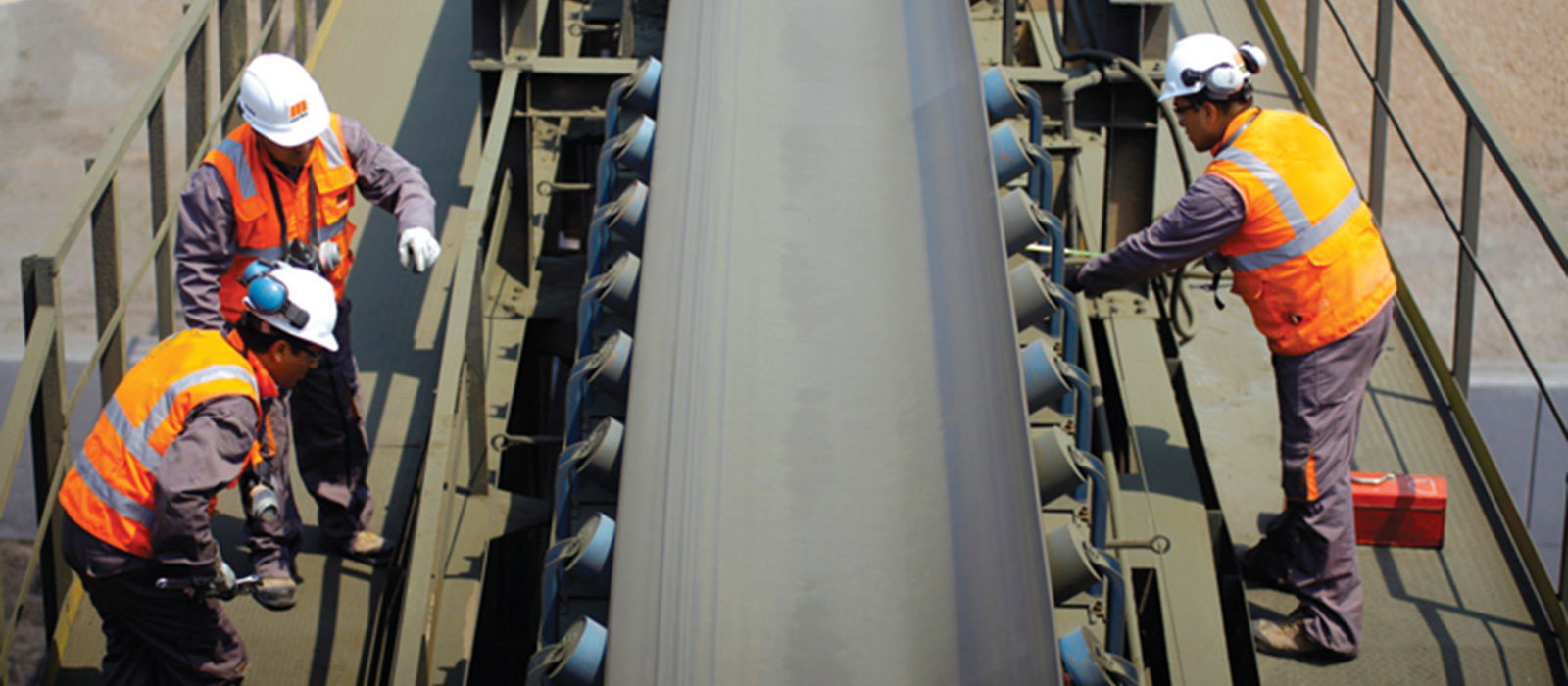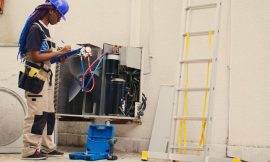Conveyor systems keep industries like manufacturing, warehousing, mining, and even modern farms running smoothly. But when these systems break down, the disruptions can be costly. A well-planned maintenance strategy helps minimize downtime, extend equipment life, and keep everything on track. Here’s what you need to consider for a solid conveyor maintenance plan.
Know Your Equipment
To build an effective maintenance plan, you need to understand the specifics of your conveyor system. Know its type, age, and how much it’s used. Older systems or those running heavy loads require more frequent attention. Focus on key components like the conveyor chain, belts, rollers, bearings, motors, and pulleys.
Belts can fray or crack, while rollers need to move freely to avoid jams. Bearings might overheat or make noise, signaling trouble. Motors and drives should operate consistently without strange sounds, and pulleys must stay aligned to avoid damaging the belt. Knowing these details helps you catch problems early and keep your system running smoothly.
Set a Regular Inspection Routine
Routine inspections are your first line of defense. Daily checks can catch visible damage or debris buildup on chains and belts. Weekly inspections might focus on belt tension and the condition of rollers and bearings. Once a month, dive deeper by checking motors, drives, and pulleys. Document these inspections to spot patterns. If you have the budget, installing automated sensors for real-time performance tracking can help detect issues before they disrupt operations.
Focus on Preventive Maintenance
Preventive maintenance keeps your system running smoothly and avoids costly breakdowns. It’s much easier (and cheaper) to make small fixes regularly than to deal with big problems after a failure.
Start with belt and chain alignment to prevent slippage and uneven wear. Checking and adjusting tension for both belts and chains helps maintain optimal performance. Lubricate moving conveyor parts to reduce friction and extend their lifespan. Keep the entire conveyor clean to prevent debris from building up and causing jams. Regular motor calibration ensures the system runs efficiently, avoiding unnecessary strain on components.
Train Your Team to Troubleshoot
Your team plays a key role in catching issues before they escalate. Operators working with the conveyor daily can often detect small problems early, like odd noises or misaligned belts. Train them to troubleshoot minor issues and handle basic maintenance tasks. Encourage close collaboration between operators and your maintenance team. A trained, observant workforce reduces downtime and keeps your conveyor system performing at its best.
Keep Spare Parts and Tools Ready
Having spare parts on hand can be a lifesaver. When something breaks, waiting for parts to arrive wastes valuable time. Stock key items like a replacement conveyor chain, belts, bearings, sensors, and motors for quick repairs.
Make sure your maintenance team has the tools they need for the job. Build relationships with vendors who can quickly deliver emergency replacements when needed. An organized inventory and reliable suppliers help you bounce back fast when issues arise.
Prepare for Emergencies
Even the best maintenance plan can’t prevent every breakdown. That’s why it’s smart to have a backup plan. Consider setting up backup conveyor systems to keep things moving if your main system fails. If your budget allows, you could consider alternative material handling equipment like autonomous mobile robots (warehouse robots). Adjusting production shifts can also reduce the impact of unexpected downtime.
Partner with vendors for emergency repairs or conveyor parts deliveries, so you’re not left scrambling when things go wrong. Being prepared keeps downtime to a minimum and ensures operations stay on track.
Track Performance and Keep Improving
Track key performance indicators (KPIs) to measure the effectiveness of your maintenance plan. Look for metrics like Mean Time Between Failures (MTBF), Mean Time to Repair (MTTR), and downtime percentage.
Review these numbers regularly to spot trends and improve your plan. Ask your team for feedback, as they might notice things you missed. Continuously refining your strategy helps you avoid problems and ensures your conveyor system keeps running smoothly.
A proactive maintenance plan saves time, money, and headaches. Understand your equipment, schedule regular inspections, focus on preventive care, and keep spare conveyor parts on hand. Train your team to spot issues early and always have a backup plan for emergencies. With these steps, you’ll reduce downtime and keep your conveyor system running without a hitch.




